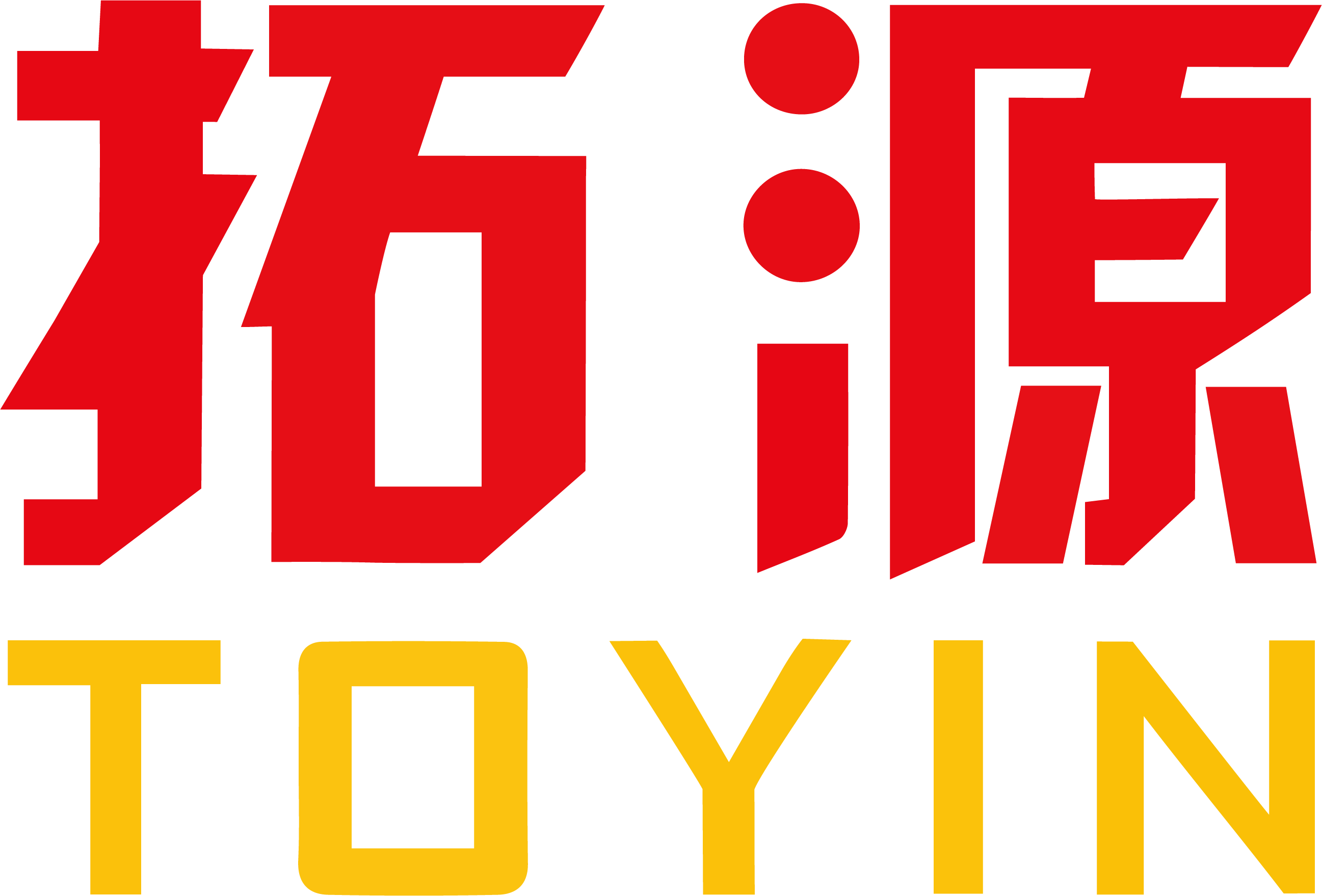One-Sentence Definition
Buffing and sanding are sequential surface finishing processes used to smooth, refine, and polish acrylic products, transforming them from matte or scratched to clear, glossy finishes.
Detailed Explanation
In acrylic manufacturing, sanding involves using progressively finer abrasives (typically from 180 to 2000 grit) to remove surface imperfections, scratches, or machining marks. This step is often performed wet to prevent heat buildup, which can damage acrylic. Buffing follows sanding and uses soft wheels and plastic-specific polishing compounds to further smooth the surface, enhancing optical clarity and achieving a high-gloss, glass-like appearance. Both processes require careful control of pressure, speed, and cleanliness to avoid introducing new defects such as cloudiness, warping, or swirl marks. For edges or complex shapes, flame or chemical polishing may also be used.
Key Components
Abrasives: Sandpaper (180–2000 grit), used in stages from coarse to fine.
Buffing Wheels: Cotton or felt wheels paired with acrylic-safe polishing compounds.
Wet Sanding: Water is used to reduce friction and prevent overheating.
Cleaning Materials: Microfiber cloths and acrylic-safe cleaners to remove debris between steps.
Standards: Surface quality is often measured by standards like SPI Finish, which defines levels from matte to mirror-like gloss.
Real-World Applications
Buffing and sanding are essential in producing high-quality acrylic display stands, protective covers, storage boxes, and custom furniture. For example, at Toyin Acrylic Products Co., Ltd. (TOYIN), these processes are integral to achieving flawless, transparent surfaces on custom acrylic products. Precise sanding and buffing not only enhance visual appeal but also improve durability and safety by smoothing sharp edges. TOYIN’s expertise ensures that even complex or large-scale acrylic items meet the highest standards of clarity and finish, supporting applications in retail, home, and office environments.
Common Issues and Solutions
Hazy Spots: Caused by improper sanding; resolved by using finer grits and dedicated plastic polish (Excelite Guide).
Swirl Marks: Result from inconsistent sanding patterns; always sand in straight lines and finish with circular buffing.
Heat Damage: Prevent by using wet sanding and gentle buffing.
Incomplete Scratch Removal: Start with the correct grit and progress gradually.
Related Concepts
Polishing: Sometimes used interchangeably with buffing, but may refer to the entire finishing process.
Surface Finishing: The broader category including sanding, buffing, flame polishing, and chemical polishing.
SPI Finish: An industry standard for surface gloss and smoothness in plastics.
Acrylic Processing: Encompasses all fabrication and finishing steps for acrylic products.
For more on how TOYIN delivers premium, custom acrylic solutions with flawless finishes, visit our website.

